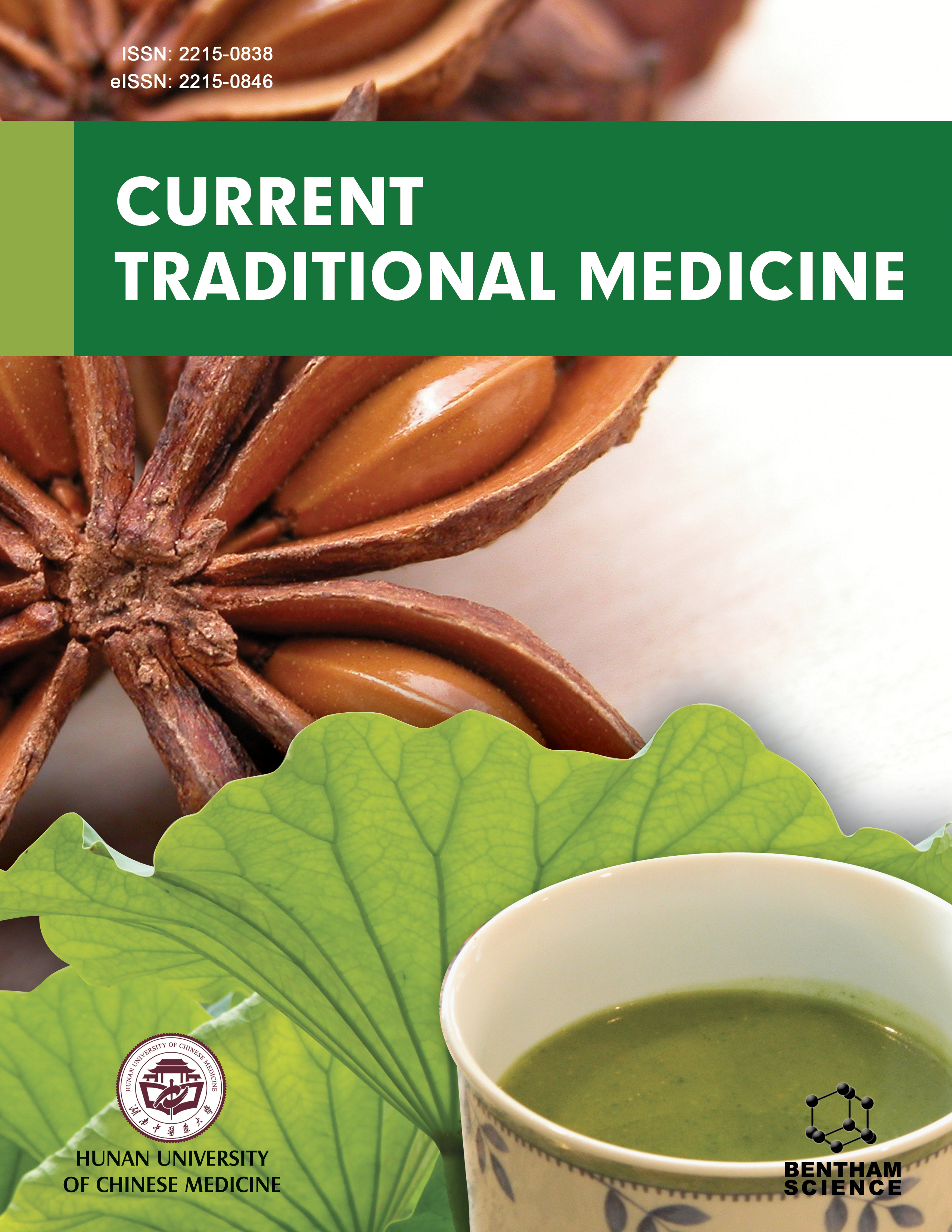
-
oa Li Qi Huo Xue Di Wan Attenuates Cardiac and Lung Injury in Mice Exposed to Hypoxia Through Suppression of Apoptosis
-
-
- 25 Jul 2024
- 22 Nov 2024
- 12 Feb 2025
Abstract
Li Qi Huo Xue Di Wan (LQHXDW), a traditional Chinese medicine, is used to treat patients with the symptoms of palpitations, chest tightness, chest pain, and shortness of breath. It is not known, however, whether LQHXDW can reduce high-altitude hypoxia-induced cardiopulmonary injury, what are the specific active ingredients, and what is the exact mechanism behind its cardiopulmonary protection.
This study intends to investigate the effect of LQHXDW on hypoxia-induced cardiopulmonary injury and the underlying mechanisms.
The components of LQHXDW were identified by UPLC-QTOF-MS. The potential targets of LQHXDW against high-altitude hypoxia were screened via network pharmacology. Mice were subjected to an animal hypoxic chamber for 5 days to establish a high-altitude hypoxia animal model. Rat heart-derived H9c2 cells and human pulmonary artery endothelial cells (HPAECs) were cultured in glucose-free medium under hypoxic conditions (O2/N2/CO2, 3/92/5) for 72 h to mimic the high-altitude hypoxia in vivo.
Compounds detected in LQHXDW were mainly categorized into ten major groups, and 143 targets of LQHXDW were overlapped with the targets of high-altitude hypoxia. These common targets were closely related to apoptosis and inflammation pathways. In mice exposed to hypoxia, LQHXDW reduced cardiac and lung injury, decreased inflammatory responses, and improved cardiac function. For instance, the left ventricular ejection fraction (LVEF) was improved by 20% (p<0.05), and left ventricular fractional shortening (LVFS) was increased by 10% (p<0.05) in LQHXDW-treated mice. in vitro, LQHXDW elevated cell viability by 25% (p<0.01) and reduced cell apoptosis by 10% (p<0.01) in cultured cardiomyocytes and pulmonary artery endothelial cells exposed to hypoxia. Mechanistically, LQHXDW inhibited the activities of caspase-8 and caspase-3 by 40% (p<0.01), thereby preventing cardiopulmonary apoptosis in cardiomyocytes and pulmonary artery endothelial cells exposed to hypoxia.
LQHXDW can be used as a potential inhibitor of apoptosis for treating high-altitude hypoxia. This study provided a clue for future studies to identify the exact active components of LQHXDW for targeting the pathways of apoptosis.

